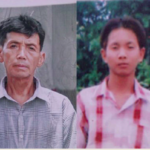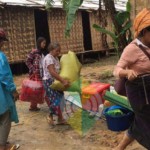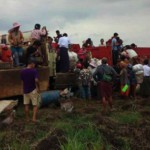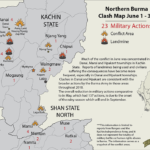Pangmu Shayi / DVB, February 24, 2014
The fresh outbreak of armed clashes between the Burma Army and forces of the Kachin Independence Organization (KIO) and its ramifications on the government’s peace negotiations with ethnic armed groups are bound to be hot topics in political circles, but it is doubtful the fate of innocent civilians caught up in the crossfires of these conflicts will receive the same kind of attention.
The renewed fighting of June 2011 that breached a 17-year old ceasefire, and the Army’s continued attacks on KIO positions despite promises to deescalate hostilities, have generated close to 120,000 internally displaced people (IDP), scattered in camps across Kachin and northern Shan states.
It has been more than two years, but the prospect of returning home remains a distant dream for these camp dwellers. As can be imagined, camp life for the displaced is fraught with all kinds of anxieties and day-to-day challenges.
A 2012 Oxfam funded protection assessment survey jointly carried out by 6 local organisations aiding the IDPs, finds that living in cramped, dilapidated, shared spaces has created situations for social problems like adultery, domestic violence, drug abuse, and human trafficking to occur.
The survey cites “lack of access to any type of income” as the principal concern from the IDP perspective. Food security apparently is not that much of a concern, at least in easy to access camps, due to the generosity of local and international donors, and the fine work being done by NGOs looking after them. Rather, the lack of livelihood opportunities to supplement their other needs – chief among them the support of their children’s education – is uppermost in the minds of IDPs. The overwhelming wish of the IDPs, the majority of whom are farmers, is to go back and work on their own farms, to once again enjoy the fruits of their labour without having to depend on handouts.
Added to these socio-economic woes are the physical and emotional scars that many IDPs bear from encounters with a brutal and lawless army. Their trauma is again being relived as they find themselves in situations of close proximity to government troops making ever-deeper incursions into KIO held territory where the majority of camps are located.
The safety issue of IDPs came to the forefront with the arrest and torture of Lahtaw Brang Shawng in 2012, while taking shelter in a church-run camp in Myitkyina, the capital of Kachin State. The issue received further attention when in October 2013, government troops raided Namlin Pa, a village hosting a large IDP camp. The resulting looting, killing and torture, caused IDPs and villagers alike to flee, and increased the IDP population by about 2,000.
Incidentally, it is interesting to note that for the first time in the more than two years that thousands of Kachin IDPs have been huddling in makeshift camps along its borders, China has decided to provide aid to the IDPs through its Red Cross. Though any kind of aid is appreciated, Kachins cannot but fail to recall the time when Chinese authorities pushed out Kachin refugees seeking refuge inside its borders, forcing them to return to a conflict zone, violating the UN Refugee Convention Principle of Non-refoulement.
Also at this stage, it would not be remiss to reflect on the fact that China is behind some of the root causes that displaced a large number of the Kachin population. Consider the areas where fresh clashes have occurred between the Kachin Independence Army (KIA) and government troops. These are the very areas where joint economic interests of China and Burma are at stake, like the twin pipelines supplying oil and gas from the Arakan coast to China’s Yunnan province, to name one.
The army seems determined to wrest control of these areas from the KIA – peace negotiations or not – in order to protect these joint ventures. They have been aided and abetted in this by the Chinese who have allowed them to sneak in arms, troops and supplies through Chinese soil, bypassing KIA positions, according to Kachin sources on both sides of the border.
Kachin State, with its rich natural resources and potential for hydro-electric power, has been a magnet for Chinese as well as other foreign investors. The Transnational Institute of the Netherlands reported in February 2013 that since 1988, Kachin State has received $8.3 billion, or 25 percent of all foreign direct investment (FDI), making it the primary recipient ahead of two other resource rich ethnic states.
All the while, the government and its cronies have maintained a stranglehold on the state’s resource trade, grabbing land and destroying the environment at will. It is the inequity in resource sharing, on top of other mitigating factors such as the denial of political rights, that has led to the resumption of the Kachin war of June 2011. As Gen Gun Maw, deputy chief of the KIA and a key peace talks negotiator explained, “There are many reasons for going to war, and we can say that business interests are one of them.”
The new clashes and continued incursions into KIO held territory have dissipated initial hopes of a breakthrough in the peace talks between the government and the KIO. Gen Gun Maw, in a February 17 interview with Irrawaddy has said the KIO, “now needs to reconsider how much it will be involved in the peace process.”
The sad reality for the IDPs in all this is that their much-anticipated hopes of returning to their farms and villages seem more remote than ever – for some, maybe not in their lifetime.
Pangmu Shayi is a political analyst at the Kachinland News.
This article originally appeared on Democratic Voice of Burma. View the original article here.

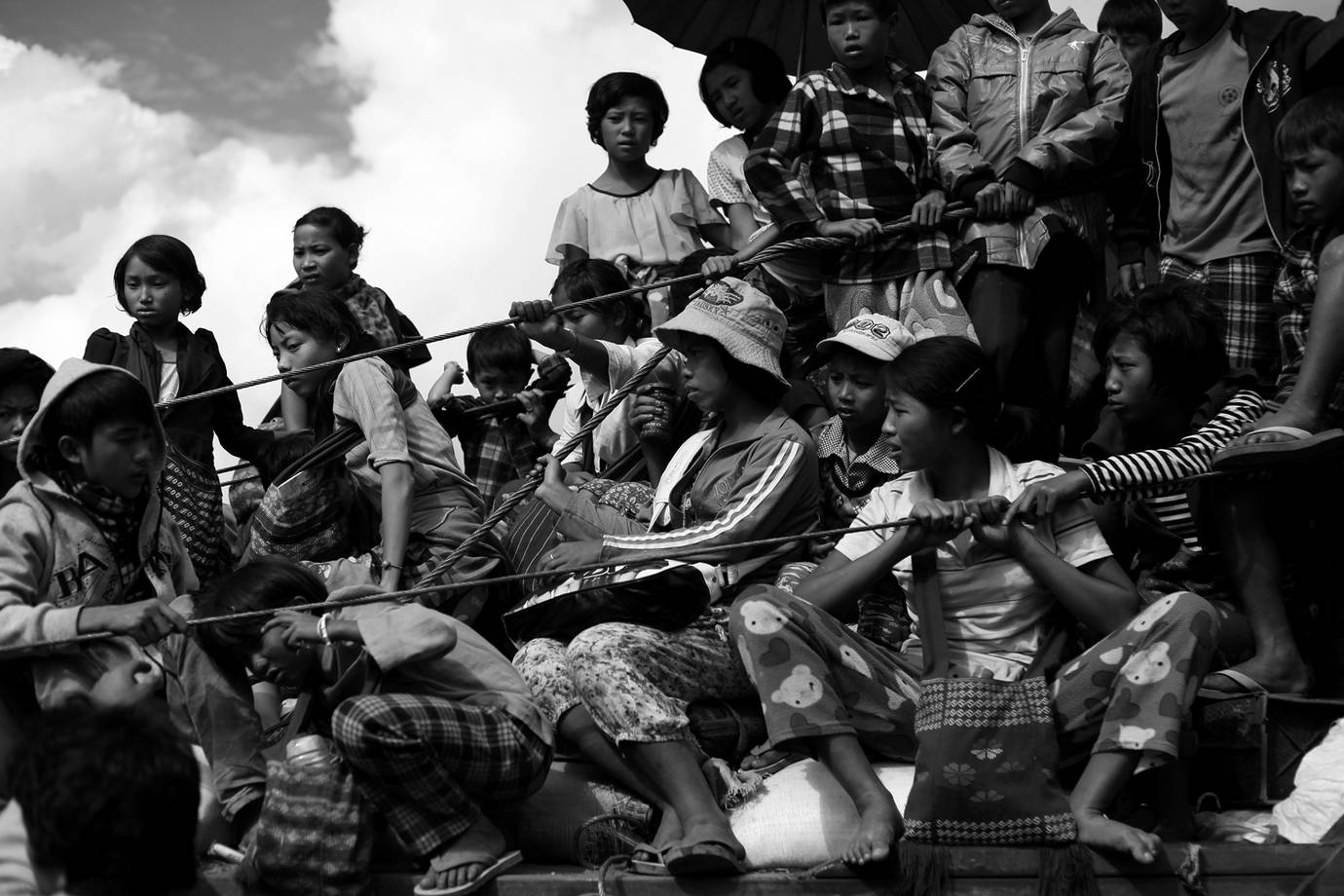
![‘Not Only Do They [Burma Army] Aim Their Weapons Against Civilians, They Also Rape the Women’: Ah Ze, General Secretary of AKYU — PART 1](https://www.burmalink.org/wp-content/uploads/2018/10/Ah-Ze-speaking-at-AKYU-anniversary-150x150.jpg)
